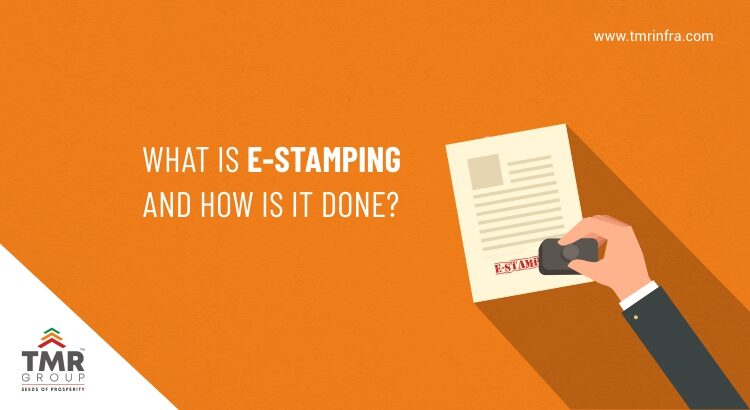The successful completion of transactions like buying, selling, making deeds, leasing, etc. involves a financial component associated with it, and duty must be paid to the government to validate the respective transaction and such transactions are securely documented on stamp papers that can be bought from authorized vendors. The price of stamp papers is known as stamp duty and it varies from state to state and also depends upon the size of the transaction Thus, the stamp paper is the proof that duty has been paid to the government for the said transaction and gives legal validity to the contract.
History of E-Stamping
The older paper-based stamp process was prone to counterfeiting. Franking, on the opposite hand, is often a cumbersome process, where contracts are written on non-stamp paper then they’re stamped at authorized centers after payment of the stamp tax. To control the counterfeiting and human errors within the stamp paper process, and also to simplify the method, the govt. introduced e-stamping in 2013. E-stamping is the electronic way of paying the non-judicial stamp duty to the government. It is a more secure way of stamping documents as its operation is computer-based reduces the margin of error whereas traditional stamping can be was a tedious job with lots of uncertainties.
How is E-Stamping Done?
The entire process of registration in India is handled by the Stock Holding Corporation of India or in short SHCIL.
- Go to the official website of SHCIL
- If e-stamping is permitted in your state, download the e-stamping form
- Fill the e-stamping form with the small print of the parties involved and therefore the transaction that it’s to be used. You will get to know about the details regarding which transactions require stamping.
- Go to an authorized collection center (ACC). You can find the addresses of the gathering centers on the website.
- Submit the shape alongside payment for the e-stamp certificate
- You can pay in currency by cash, cheque or demand draft if it’s done at the ACC. Online payments are often done on the SHCIL website using debit cards, credit cards, pay orders, RTGS, NEFT or through an account-to-account transfer.
- Upon submission of duly filled form and payment, your e-stamping certificate is going to be generated instantly and handed over to you
At TMR Group, we ensure that our customers experience complete transparency in every transaction they make. It is because of our quality of being so open to the intricacies our customers prefer to choose us over the others. With a plethora of plots for sale in Hyderabad and land for sale in other prominent locations at Hyderabad, our customers get to handpick the best and in return, the transparency in their transaction helps them trust our brand even more. Do you think our projects are worth it? Visit www.tmrinfra.com and take a look. You will believe that what we do what we say.
